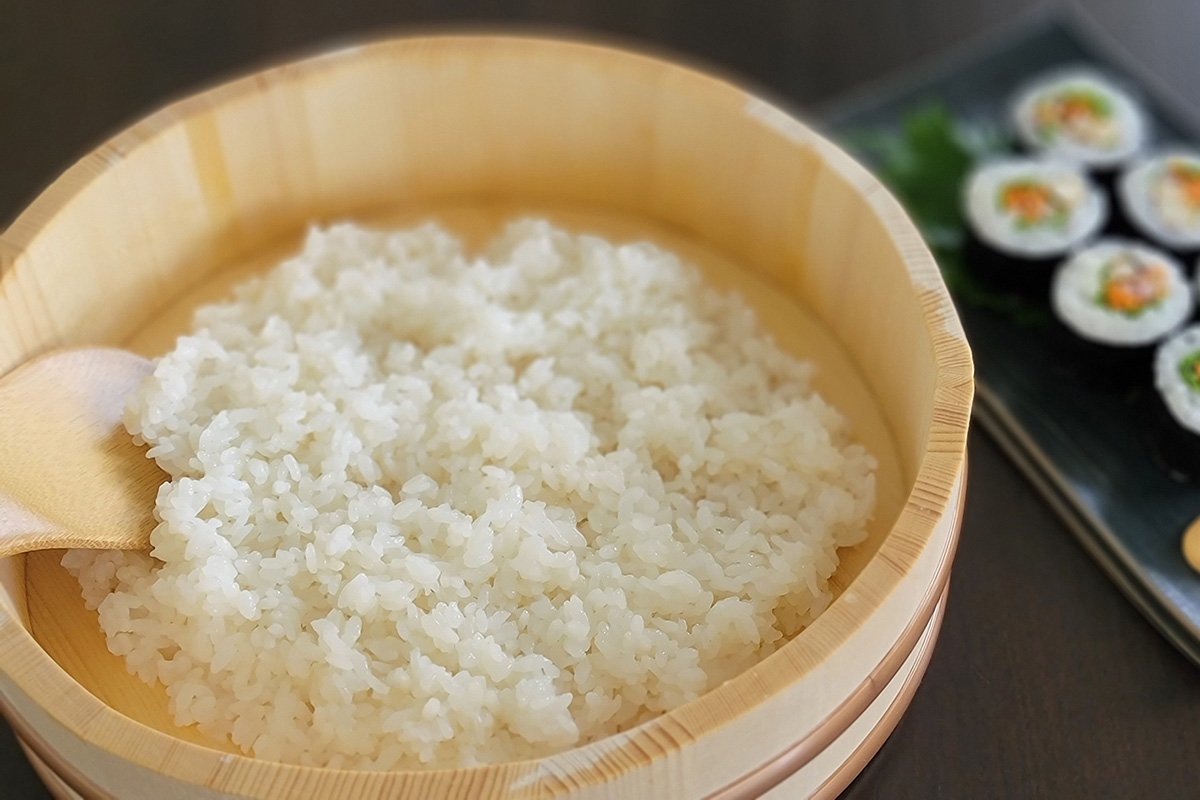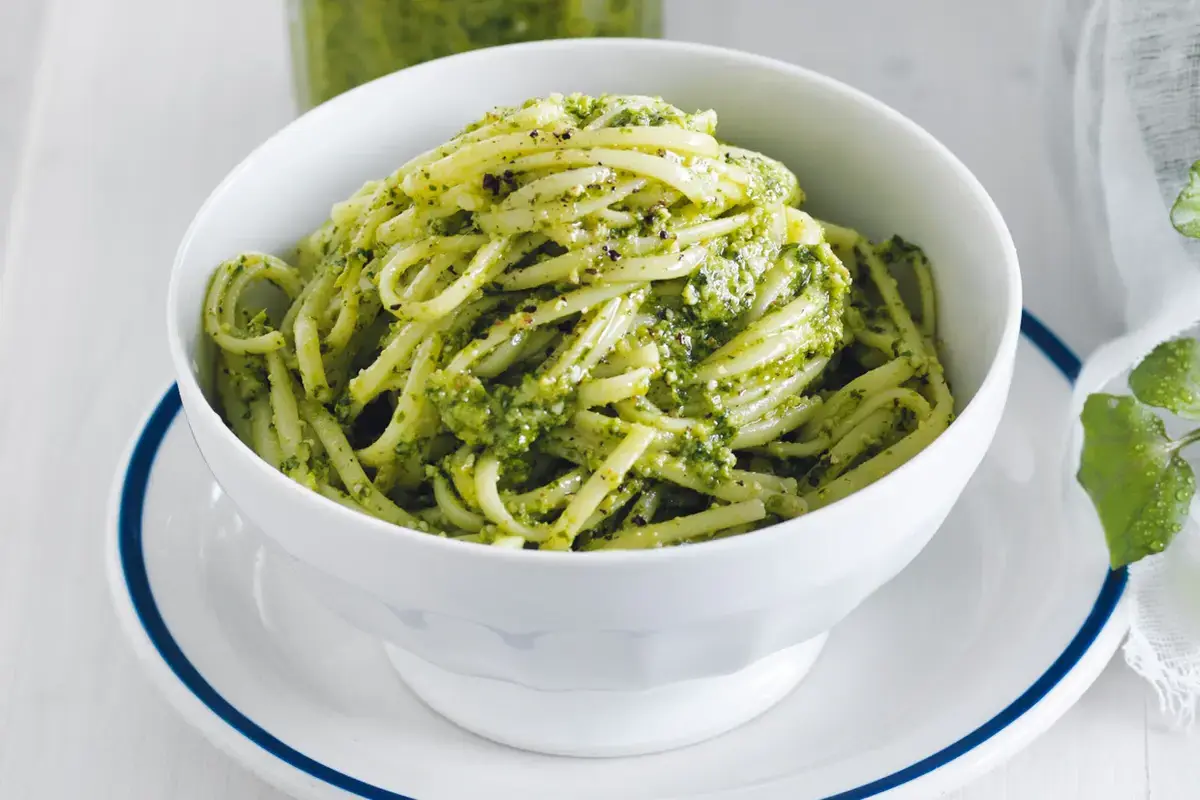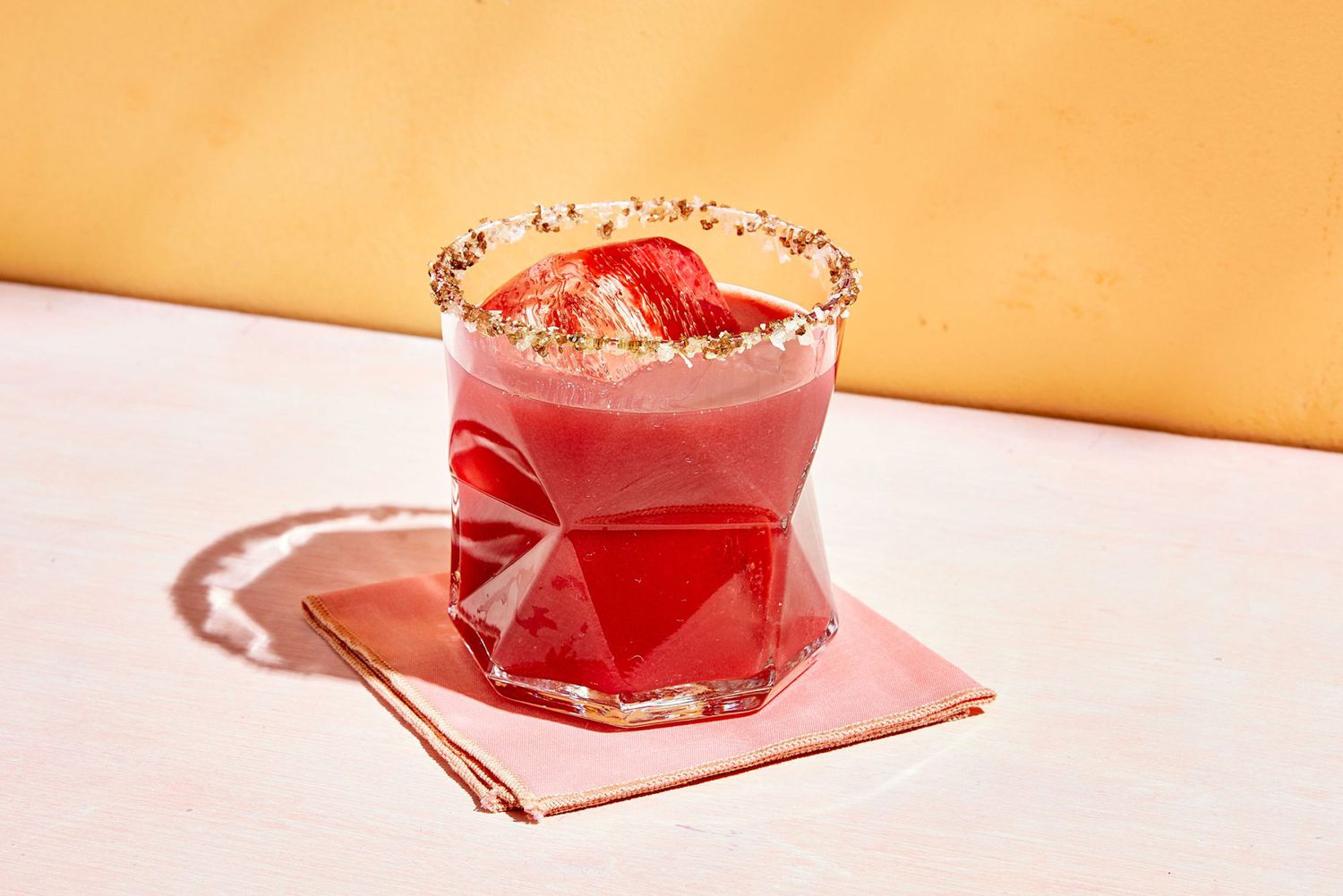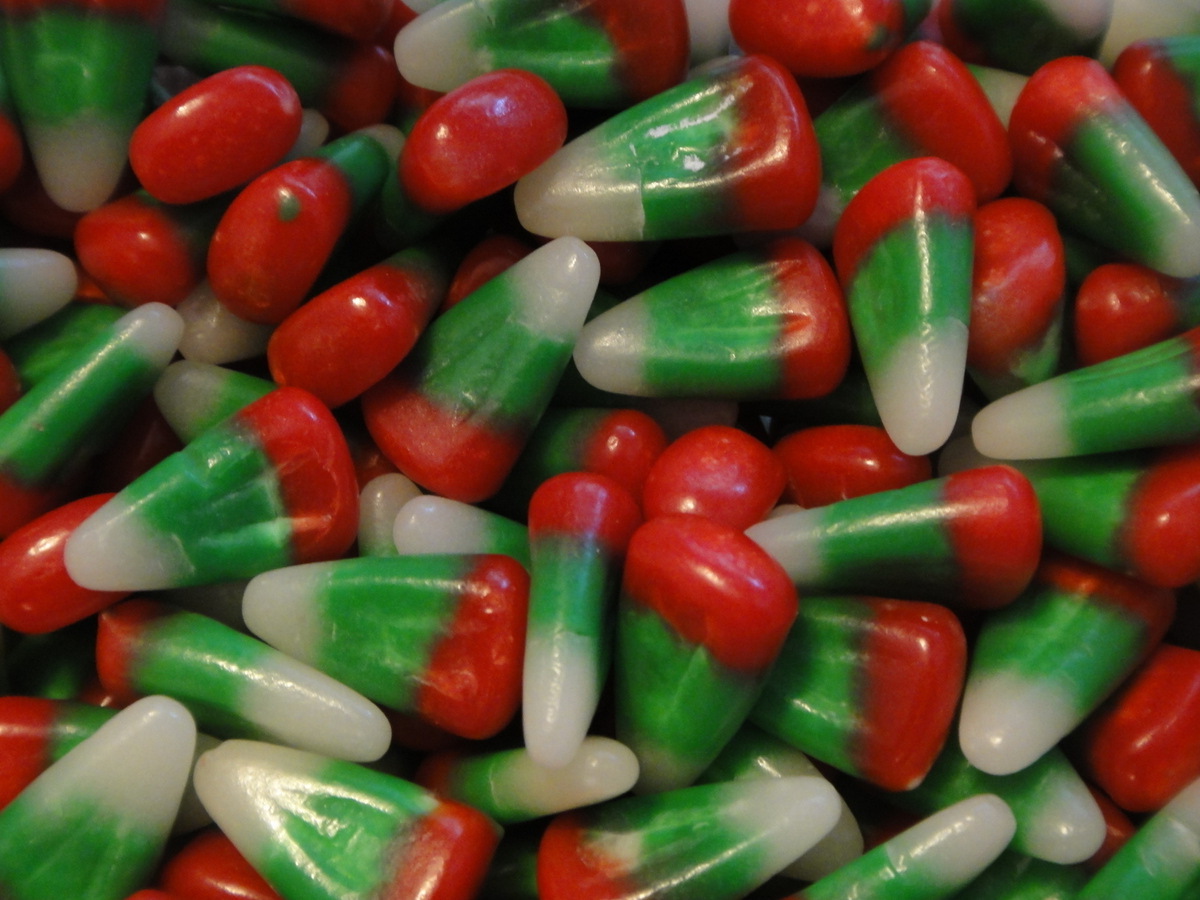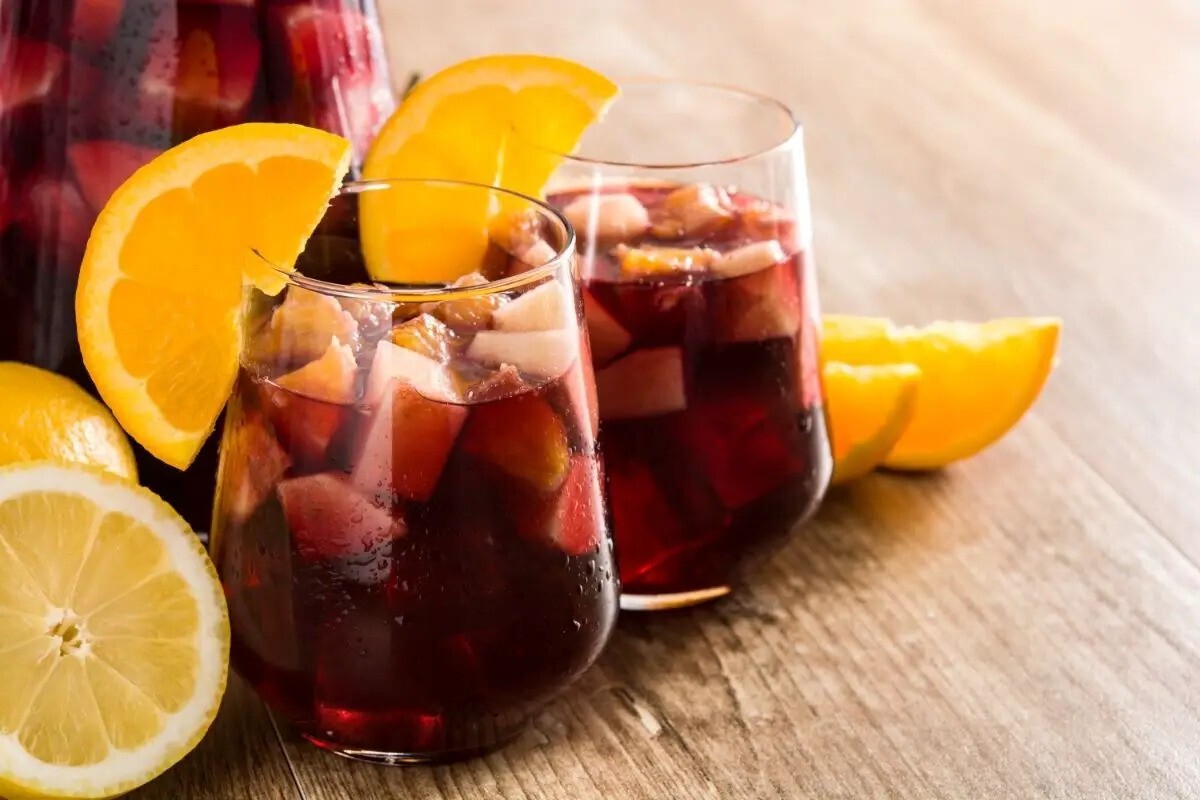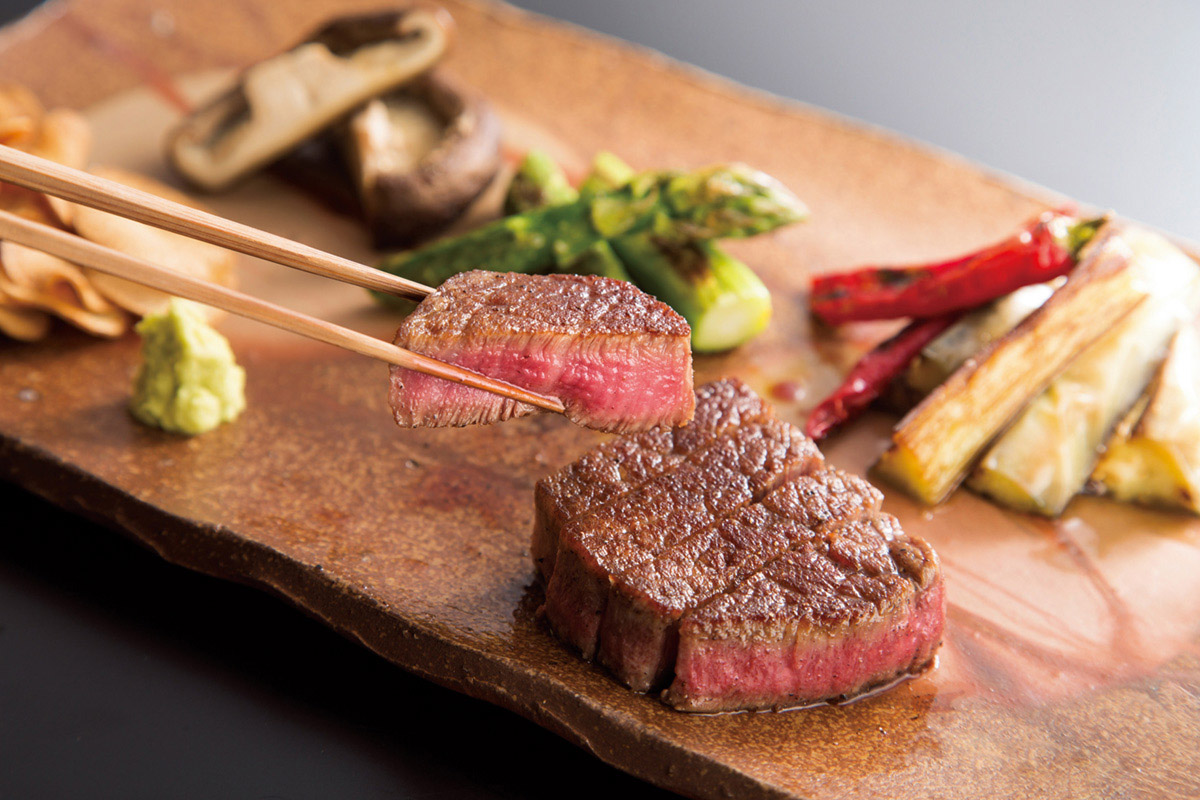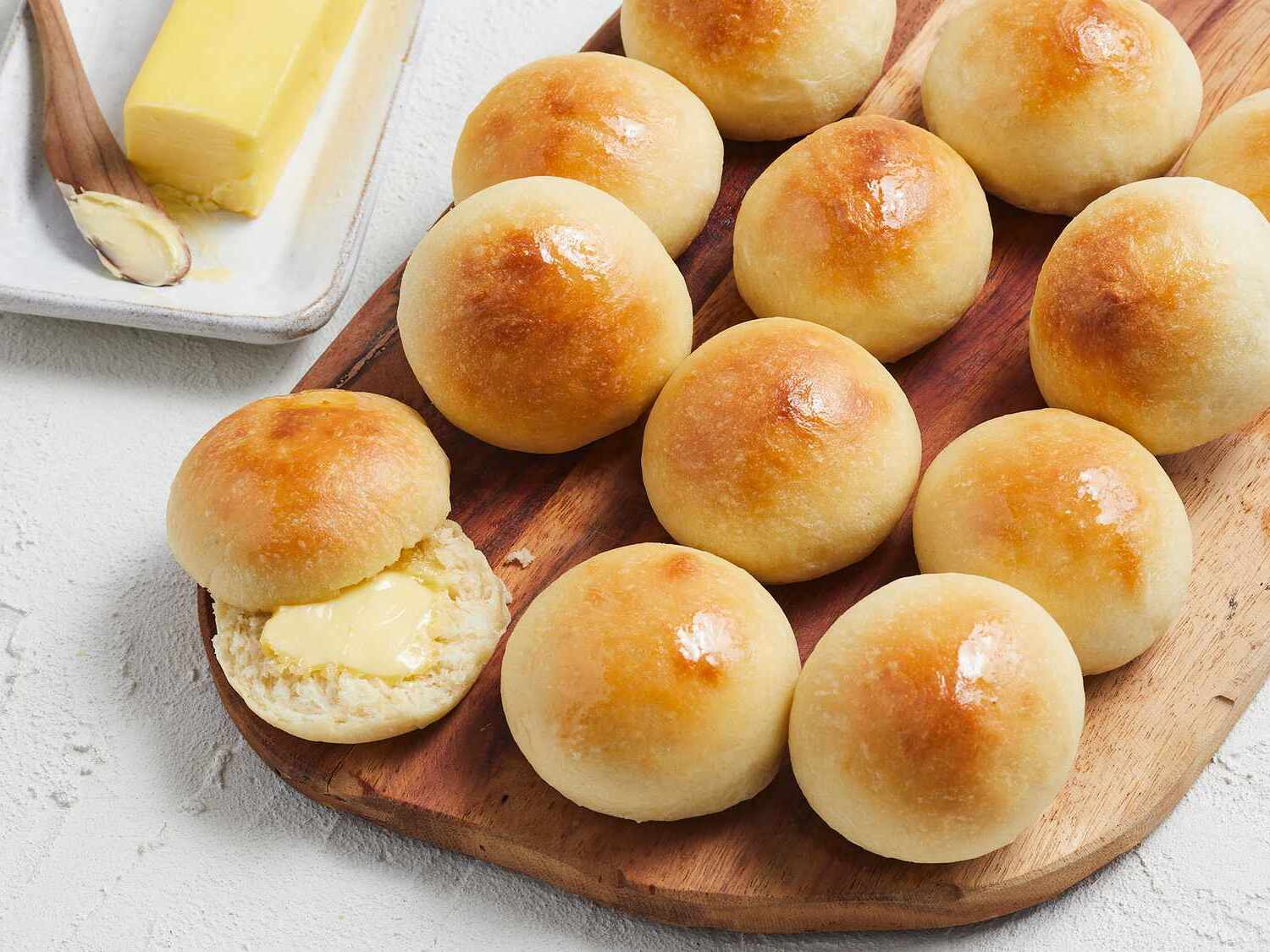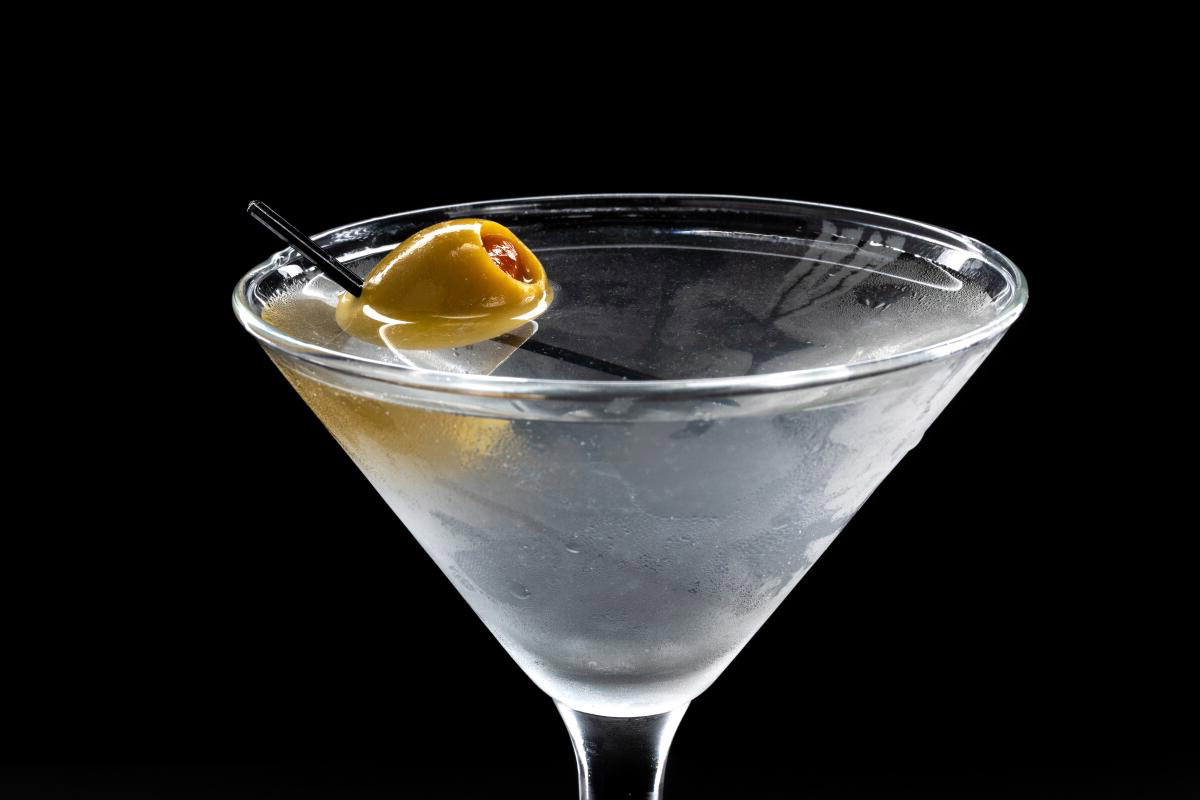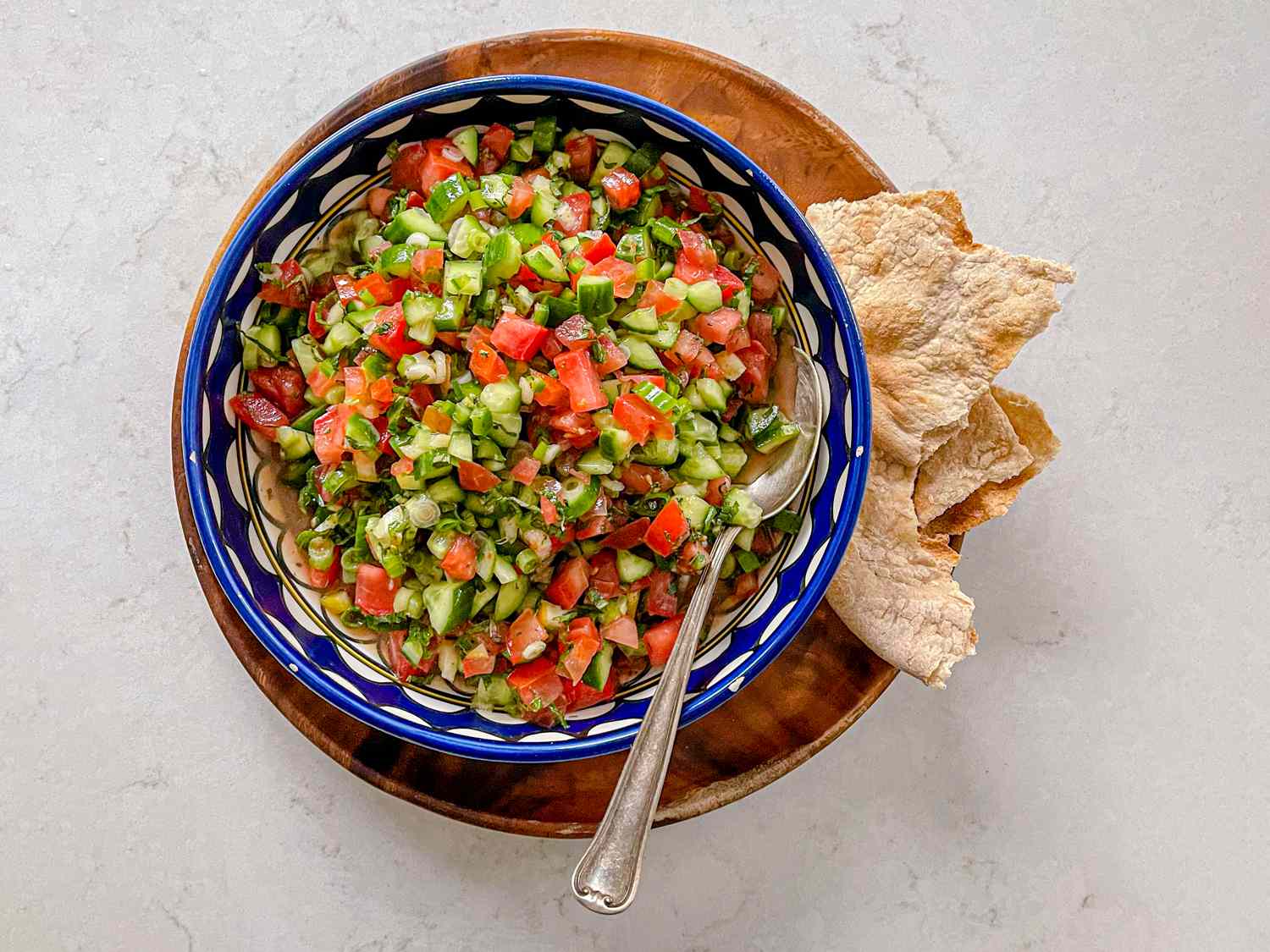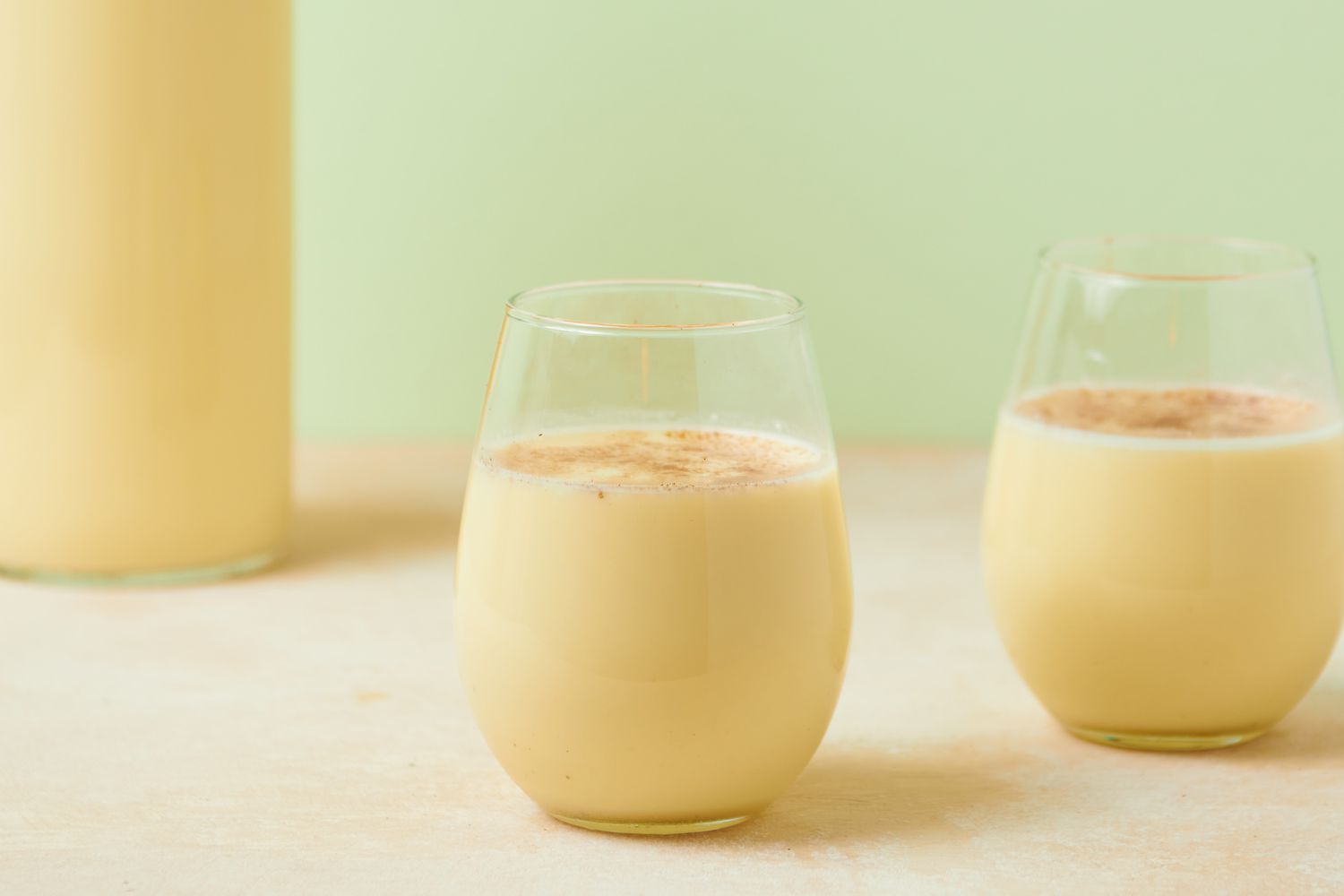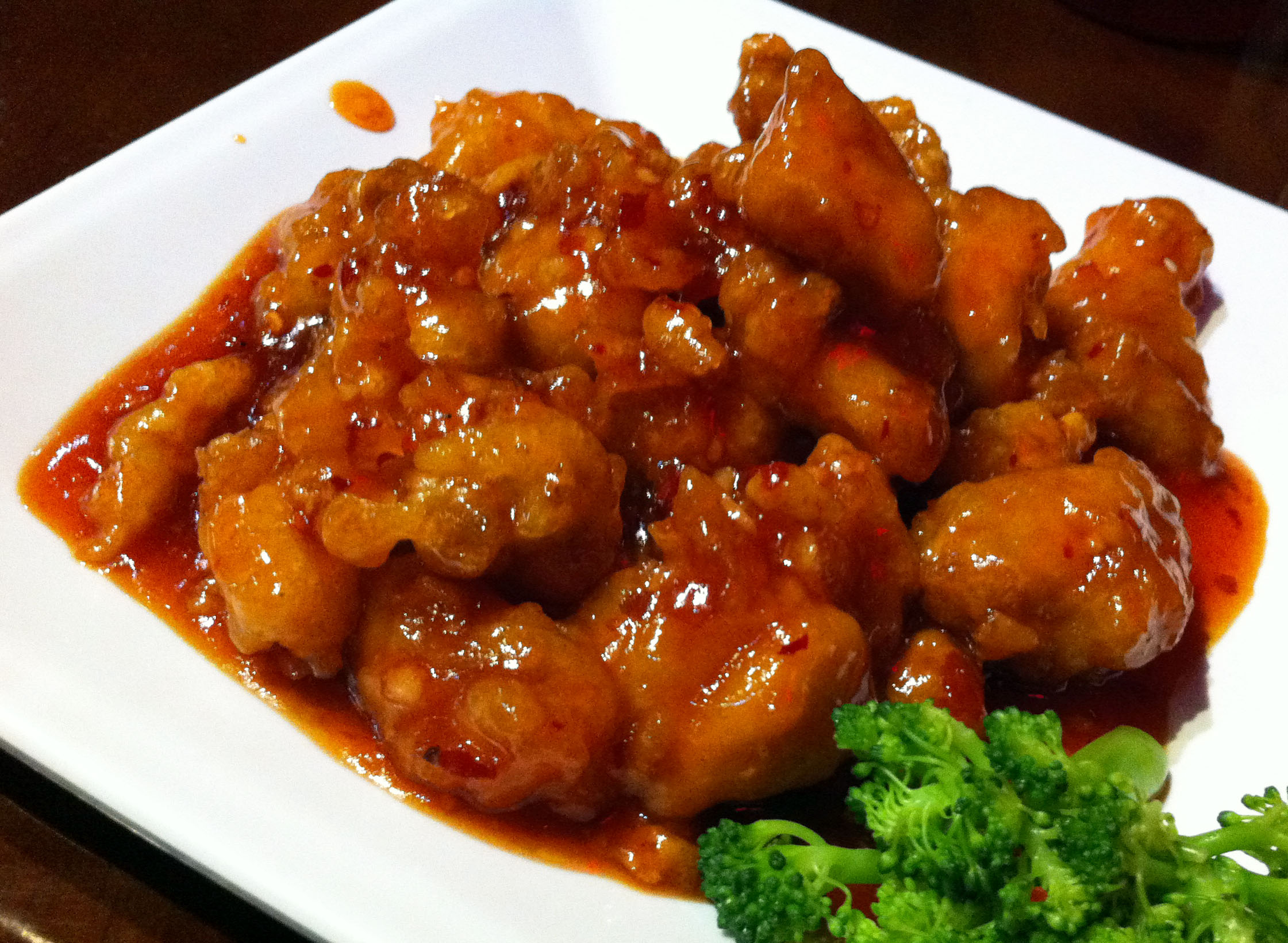Choosing the Perfect Carving Knife for Your Culinary Adventures
Carving knives are an essential tool in any kitchen, especially for those who love to prepare and serve delicious roasts, turkeys, hams, and other large cuts of meat. The right carving knife can make a world of difference in achieving beautifully sliced and presented dishes. With so many options available, it can be challenging to determine which carving knife is the best fit for your needs. In this guide, we’ll explore the key factors to consider when choosing a carving knife and highlight some top contenders in the market.
Key Considerations When Selecting a Carving Knife
Before diving into specific knife recommendations, it’s important to understand the key factors to keep in mind when shopping for a carving knife. Here are some essential considerations:
- Blade Length: The length of the blade is crucial for achieving clean, precise cuts. A longer blade is ideal for larger cuts of meat, while a shorter blade may be more suitable for smaller roasts or poultry.
- Blade Material: High-quality stainless steel blades are known for their durability and resistance to corrosion. Look for a blade that will retain its sharpness over time.
- Handle Comfort: Since carving can be a time-consuming task, a comfortable handle is essential for reducing hand fatigue. Consider the ergonomics and grip of the knife’s handle.
- Sharpness: A sharp blade is essential for achieving clean, smooth cuts without tearing or shredding the meat. Look for a knife that holds its edge well and is easy to sharpen when needed.
- Flexibility: Some carving knives have a degree of flexibility in the blade, which can be beneficial for navigating around bones and achieving thin, even slices.
Top Carving Knife Recommendations
Now that we’ve covered the essential factors to consider, let’s explore some top carving knife recommendations that have garnered praise from culinary enthusiasts and professionals alike:
- Wusthof Classic 9-Inch Carving Knife: This German-made knife is renowned for its precision and balance. The high-carbon stainless steel blade holds its edge exceptionally well, making it a reliable choice for various meats.
- Victorinox Fibrox Pro 12-Inch Slicing Knife: Known for its exceptional value, this knife features a long, narrow blade that excels at slicing through large roasts and poultry. The textured handle provides a secure grip, even when working with slippery meats.
- Shun Premier Slicing Knife: Crafted in Japan, this knife boasts a hand-hammered finish and a razor-sharp blade. The blade’s slight flexibility allows for effortless carving and precision slicing.
When selecting a carving knife, it’s essential to consider your specific culinary needs and preferences. Whether you prioritize blade sharpness, handle comfort, or overall craftsmanship, there’s a carving knife out there to elevate your culinary creations.
Conclusion
Investing in a high-quality carving knife can significantly enhance your culinary experiences, allowing you to achieve professional-level results in the comfort of your own kitchen. By considering factors such as blade length, material, handle comfort, sharpness, and flexibility, you can make an informed decision when selecting the best carving knife for your needs. Whether you opt for a classic German-made blade or a precision-crafted Japanese knife, the right carving knife can become an indispensable tool in your culinary arsenal.
Happy carving!
Was this page helpful?
Read Next: What Is Cooking Ham
